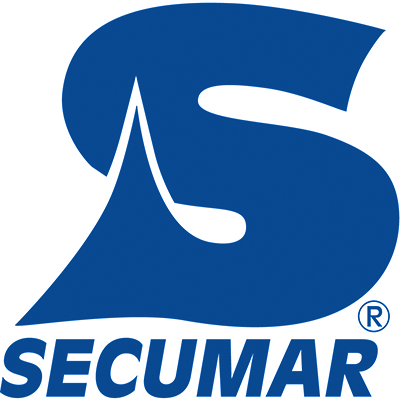
Standards for lifejackets and buoyancy aids
Directives, CEN standards and ISO standards (status: November 2001)
Directives are rules, similar to statutes, which are issued by the European Commission in Brussels. After a certain transitional period, these must become national laws and thus harmonize European statutory requirements.
A set of new standards has arisen in Europe since 1988/89 under the directive called “Personal Protection Equipment (PPE)”, by means of which dangers and threats to one’s health are to be averted and prevented. Among these are standards as a protection against drowning, as a protection against falling overboard, as well as a protection against hypothermia and from death from freezing in water
In contrast to the previously valid national standards of the United Kingdom (BSI) and Germany (DIN) – none of the other European countries had Standards Regulations in this field in the past – the CEN-standards (or Euro-standards) are to be embedded into national laws and hence binding in their usage (violations are even punishable by law!).
For lifejackets and buoyancy aids, the transitional period from ‘old’ national rulings to ‘new’ European standards has expired since mid 1995, since then the European Standards have been in force. This also applies to the standards for safety harnesses and safety lines which have been valid since the year 2000.
For a number of years now, all CEN-Standards have been drawn up in a so-called parallel harmonizing procedure as ISO standards (ISO = International Standardisation Organization). All the standards rulings cited above are today compiled and revised at this level as draft ISO Standards.
Important new Euro-Standards for Assurance of Safety from Drowning
The European Standards divide buoyancy aids and lifejackets into four categories categories 50, 100, 150 and 275. The yardstick is the load-bearing capacity in Newton (N). The lowest category is the 50N category, reserved for buoyancy aids. The categories 100N, 150N and 275N characterize lifejackets. Class 150 could be viewed as the universal lifejacket, whereas the 275 category describes extremes for unusual requirements. Operational areas are defined for each category. Hence usage of buoyancy aid 50 ,requires help to always be close at hand and children under a certain limit (30 kg) to be excluded. Whether or not a lifejacket is able to turn an unconscious person over into a safe position in the water is dependent on what kind of clothing is worn. For the information of the customer, all the categories with explanatory notes on their areas of use are to be named on the sales packaging. Products and packaging must be clearly marked with comprehensive standardized information.
The four buoyancy classes according to ISO 12402:
 |
50 N Buoyancy aid (swimming aid) For regular swimmers near a beach or means of assistance, not unconscious. This is not a lifejacket! |
|
 |
100 N Lifejacket Inland and protected waters. Not suitable for unconscious persons. |
|
 |
150 N Lifejacket For use in all waters and for unconscious persons unless wearing heavy or waterproof clothing. |
|
 |
275 N Lifejacket For use in all waters and for for unconscious persons, especially in heavy conditions and when wearing heavy or waterproof clothing. |
What does the CE-sign mean?
The EU-directives prescribe particular markings which manufacturers must use. The most significant one is the marking with the European conformity sign CE (= French – Conformité Européenne). In this way it is documented that the prescribed Type Approval Test for this PPE has been undertaken by an independent testing body and that an approved European test centre has determined that the standards have been adhered to. After that, for the duration of its life, the product is subject to manufacturing checks by the aforesaid centre. Manufacturers must subject every model in their programme range to this ruling. If they bring a series on to the market, all products must bear the CE mark as a certification of their conformity with the approved type. There was never before such a stringent requirement in Europe.
A comparison of European Standards (EN) and previous national standards (e.g.German standards DIN, British Standards BS)
The introduction of European Standards does not mean that a lowering of safety standards from when DIN or BS-regulations were valid has arisen in the national markets. The national Standards Institutes take these standards into their own stock (e.g. DIN EN 396, BS EN 396). Then a greater number of obligations and requirements as regards quality (type approval test, certificates of conformity) prevail upon the manufacturer. The consumer acquires a better overview and comparison of the safety equipment ‘lifejacket and buoyancy aid’, whose purpose and technical data must be stated in a clear manner and in the language of the respective country.

